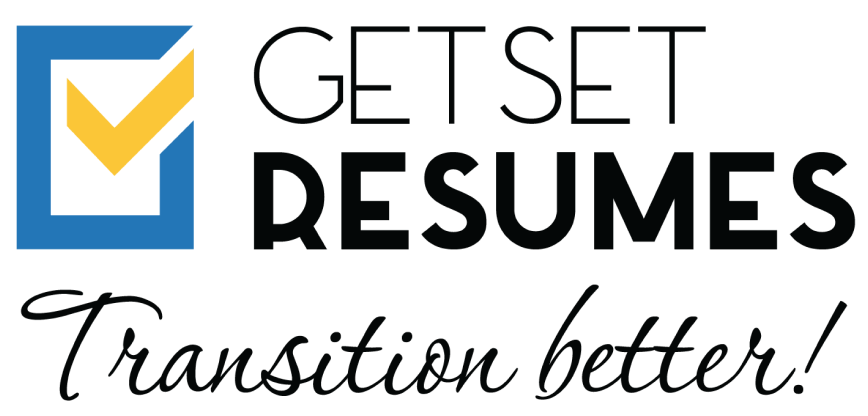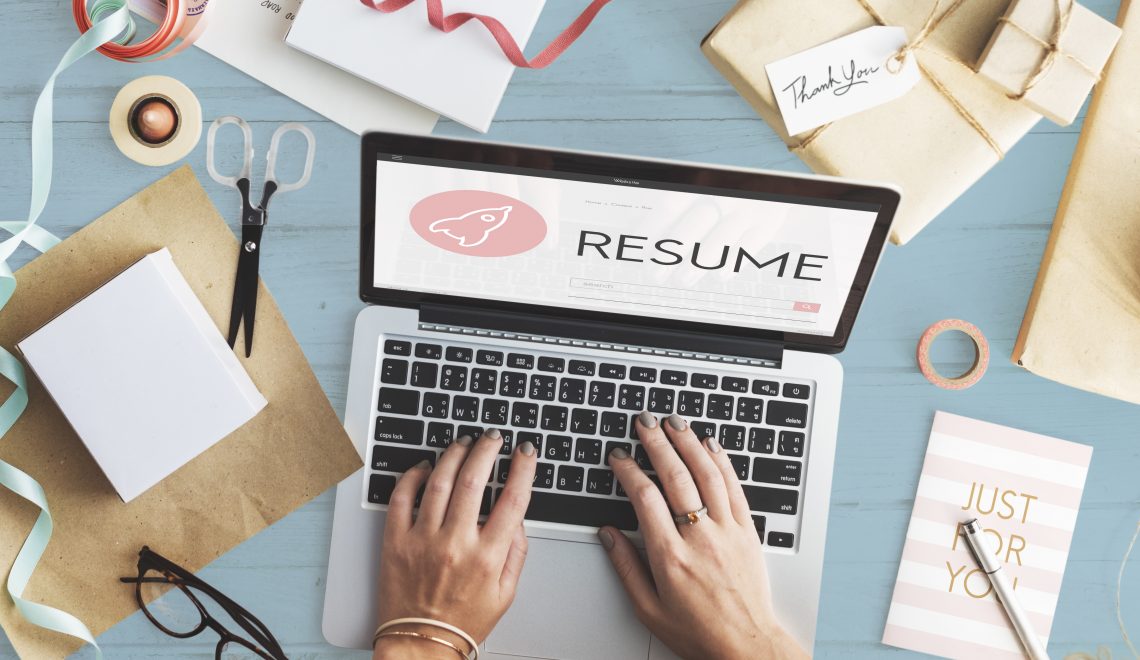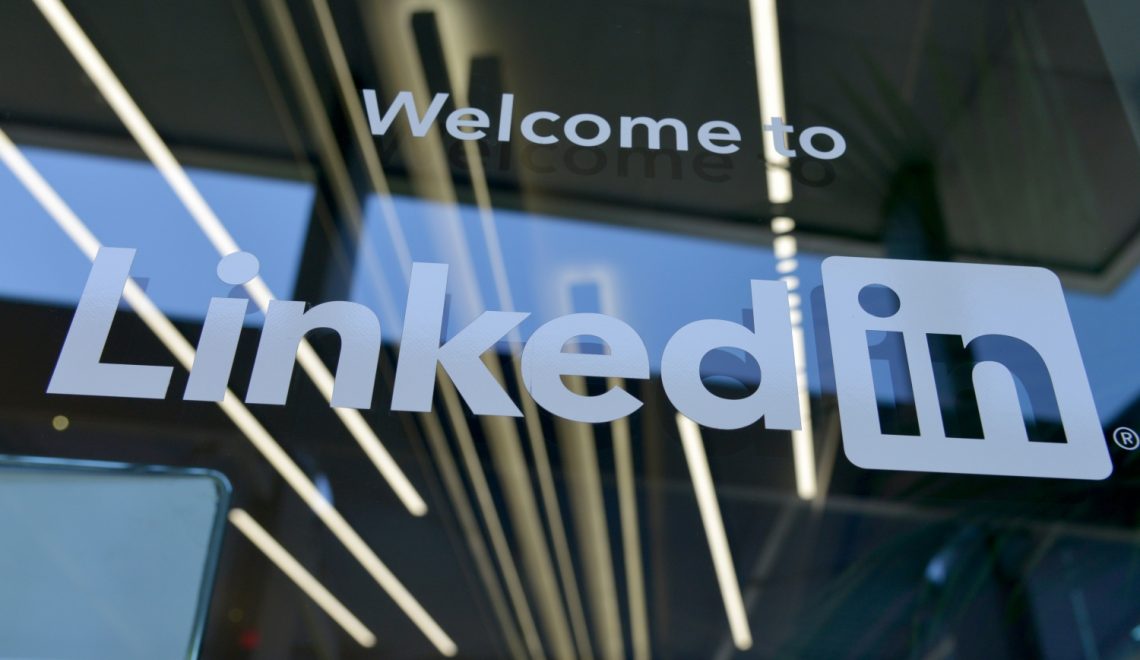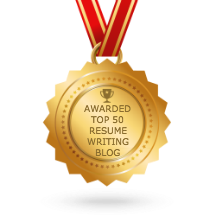Imagine this – you come across a dream job posting on LinkedIn. You have got the skills, the experience, and even an updated resume ready to go. But there is a problem – the job requires a cover letter.
You pause.
What do you even write in a cover letter in 2025? Is it still necessary? Should you use AI? Should you repeat what is already in your resume?
Here’s the truth:
A cover letter in 2025 is no longer a summary of your CV. It’s your chance to humanize your application in an AI-driven hiring world.
When done right, it can be the one thing that sets you apart from the 200+ other applicants.
Let’s break down how to write a winning cover letter in 2025 – step by step – with tips, stats, and examples that work.
Why Does a Cover Letter Still Matter in 2025?
You might think recruiters do not read cover letters anymore. But according to a 2025 survey:
- 83% of hiring managers said a great cover letter can secure an interview, even if the resume isn’t strong.
- 72% of recruiters still expect a cover letter, especially for mid-level and senior roles.
- And get this – 45% of job seekers skip writing one altogether.
That means, if you take the time to craft a solid letter, you’ve already given yourself an edge.
Before You Start: 3 Rules for 2025
- Don’t just describe, connect. The goal is to show how your experience fits their need.
- Tailor it. Generic cover letters are a red flag. You need to customize it for each role.
- Keep it short. Ideal length? 250–400 words max. Make every sentence earn its place.
The 5-Part Formula for a High-Impact Cover Letter
Hook: Capture Attention in 1 Line
Start with something that makes the recruiter want to keep reading. Here’s an example:
“When I led a team that reduced onboarding time by 40% in under 6 weeks, I realized process optimization wasn’t just my skill – it was my passion.”
Notice how it combines numbers with a hint of storytelling.
You can start with:
- A relevant achievement
- A shared company value
- A compliment to the company’s work
Make it personal – but keep it professional.
Align With Their Need
This is where you show you have read the JD (job description) and understand what they’re looking for.
Example:
“Your recent focus on scaling product-led growth at [Company Name] aligns perfectly with my work at [Previous Company], where I helped increase product adoption by 37% through onboarding redesigns.”
You’re not just listing achievements – you’re linking them to what they need right now.
Add Proof and Personality
Now go deeper. Add 1 – 2 specific examples of how you’ve created results in past roles.
Use action words. Add numbers where possible.
Example:
“At XYZ Tech, I was responsible for launching a campaign that brought in 10,000+ app installs in 2 months with just a ₹30,000 ad budget. Beyond performance, I focused on storytelling that built brand loyalty.”
If you are a fresher or switching careers, talk about:
- Projects
- Volunteer work
- Certifications or passion-led side hustles
Show Culture Fit
In 2025, cultural fit is almost as important as technical skills.
Research the company’s values. Look at their LinkedIn, website, or recent campaigns.
Example:
“What drew me to [Company Name] is your belief in ‘radical transparency.’ At my last job, I led weekly open-feedback sessions, improving team trust scores by 25%.”
This shows you’re someone who fits in – beyond just the skills checklist.
End With a Confident CTA
Always end your cover letter with a warm but clear call to action.
Example:
“I’d love to bring my experience in digital storytelling and data-backed strategy to [Company Name]. Looking forward to the possibility of discussing how I can contribute to your team.”
Avoid passive closings like “Hope to hear from you.” You want to sound proactive—not desperate.
Cover Letter Example (2025 Version)
Dear Hiring Manager,
When I helped a fintech startup cut customer churn by 40% in 3 months through UX revamp and strategic email flows, I discovered the power of combining empathy with data.
I believe this approach aligns with your mission at XYZ Company – especially as you scale your digital offerings across emerging markets.
At my previous role at [Company Name], I led cross-functional teams across content, product, and design, increasing onboarding success rates by 25%. I also implemented automation strategies that saved the support team 18 hours/week.
What excites me most about XYZ is your commitment to customer-first innovation – something I have championed throughout my career.
I would love to explore how I can help you grow your product, reduce churn, and create deeper user engagement.
Warm regards,
[Your Full Name]
AI in Cover Letters: Help or Harm?
Yes, tools like ChatGPT and Grammarly can help you polish your writing.
But beware of using AI to write the entire letter. Recruiters are getting good at spotting AI-generated applications – especially ones that sound too generic or robotic.
Here’s a smarter way:
- Draft the first version with your voice
- Use AI for grammar checks, structure suggestions, or shortening long sentences
- Always review it for tone and personalization
Final Checklist Before You Hit Send
- Have you addressed the right person or used “Hiring Manager”?
- Is your letter under 400 words?
- Does it include at least one stat or result?
- Does it reflect the company’s tone and values?
- Is your resume file named professionally (like “Aisha_Patel_Resume.pdf”)?
In Closing
In a world where AI screens your resume, your cover letter is your voice. It’s where you connect, clarify, and stand out – not by being perfect, but by being relevant, intentional, and human.
So the next time a job asks for a cover letter – do not see it as a chore.
See it as your secret weapon.
Ready to write yours?





